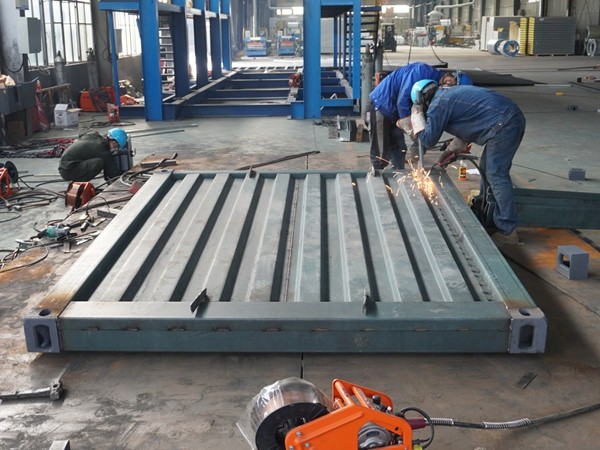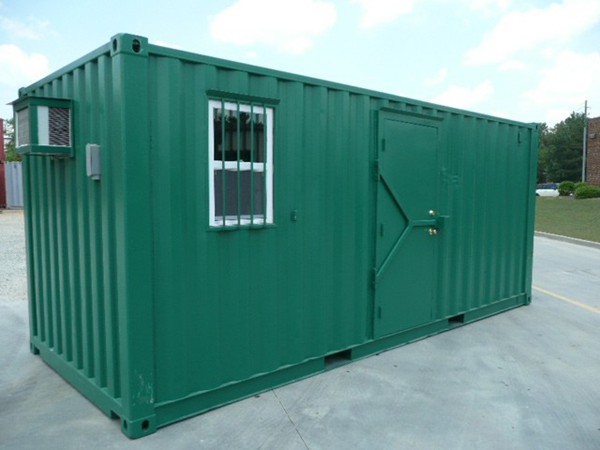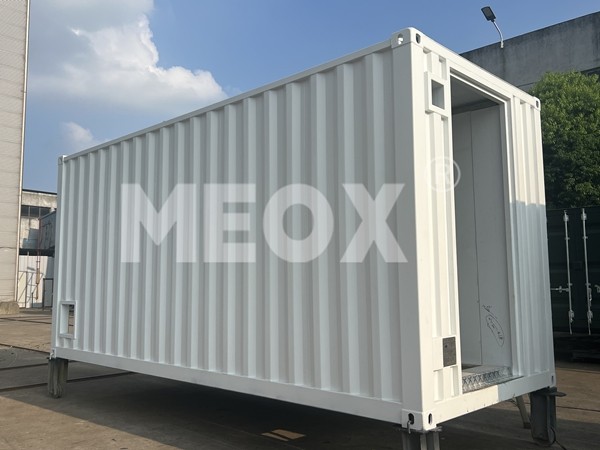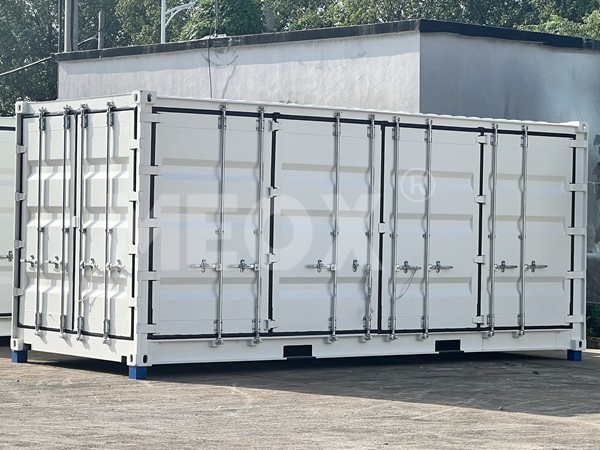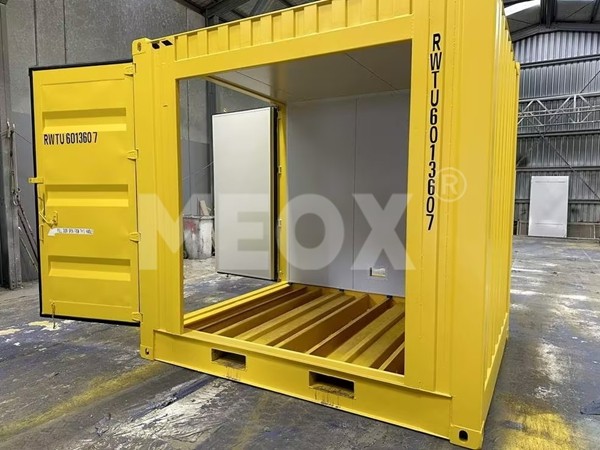Building a two-floor shipping container house offers a unique combination of eco-friendliness, cost-efficiency, and modern aesthetics. As more people explore sustainable living solutions, the concept of using repurposed shipping containers as homes has gained significant traction. A profound shift towards minimalism and innovative architecture inspires prospective homeowners to seek a blend of practicality and bold design, and a two-floor shipping container home perfectly encapsulates these ideals.

The construction of a two-floor shipping container house begins with selecting the right containers. Standard containers come in two sizes – 20 feet and 40 feet. The choice depends on space requirements and design preferences. It is essential to work with skilled architects and engineers familiar with container construction, ensuring structural integrity and compliance with local building codes. This expertise is crucial, as container homes must withstand various environmental factors while providing comfort and safety.
Budgeting for this type of home is an essential consideration. Shipping container houses are generally more affordable than traditional homes, but costs can vary based on location, design complexity, and customizations. Often, potential homeowners may spend anywhere from $50,000 to $150,000. This range covers initial purchases, transportation, site preparation, and interior outfitting. However, the actual savings often come in the form of lower maintenance costs and reduced energy bills due to these homes’ efficient designs.
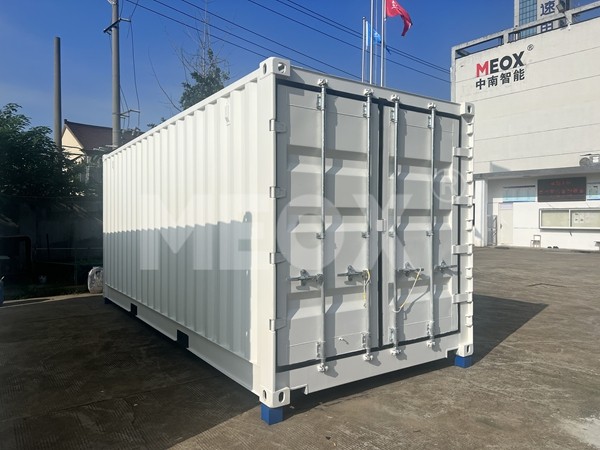
A vital part of executing this project is site selection. The land must be accessible and properly zoned for residential use with the capacity to support the weight of container units. Additionally, choosing a site with natural insulation, like elevated or forested areas, can greatly reduce heating and cooling expenses. It is also advantageous to locate near essential utilities to minimize the costs of connecting to water, electricity, and sewage systems.
When designing a two-floor shipping container house, maximizing the use of space and natural light is key to creating a comfortable living environment. Innovative design elements such as open layouts, rooftop decks, and large windows can transform the steel structure into a warm and inviting home. Using eco-friendly materials for insulation and interior finishes not only enhances sustainability but also elevates the home’s aesthetic value.2 floor shipping container house
Insulation plays a pivotal role in making the container habitable year-round. Spray foam insulation is widely recommended for its moisture-resistant properties and ability to conform to the unique surfaces of a container’s interior. Adequate ventilation systems must also be installed to manage condensation and ensure air quality, particularly between the two floors.
The adaptability of shipping containers allows for personalized touches, making each home unique. Interior decor can range from modern minimalist to rustic chic, depending on personal preference. The sturdy construction of these containers also allows for creative external features, such as gardens or cladding, offering a seamless blend with the surrounding environment.
For those concerned with sustainability, integrating renewable energy solutions like solar panels or rainwater harvesting systems further reduces environmental impact. In doing so, homeowners not only cut long-term operational costs but also contribute positively to the planet.
Embarking on the journey to construct a two-floor shipping container house requires a balance of innovative design, financial planning, and expert guidance. As these homes stand testament to resilience and adaptability, they offer a powerful statement about the future of sustainable living. Every step, from the initial design to the final construction, is an opportunity to redefine modern living in harmony with nature. With the right approach, a two-floor shipping container house is not just an abode but an embodiment of a visionary lifestyle.

